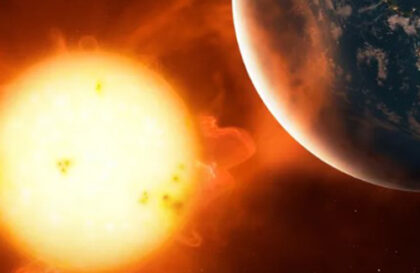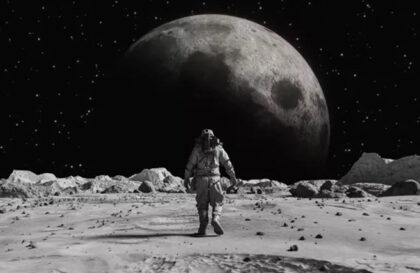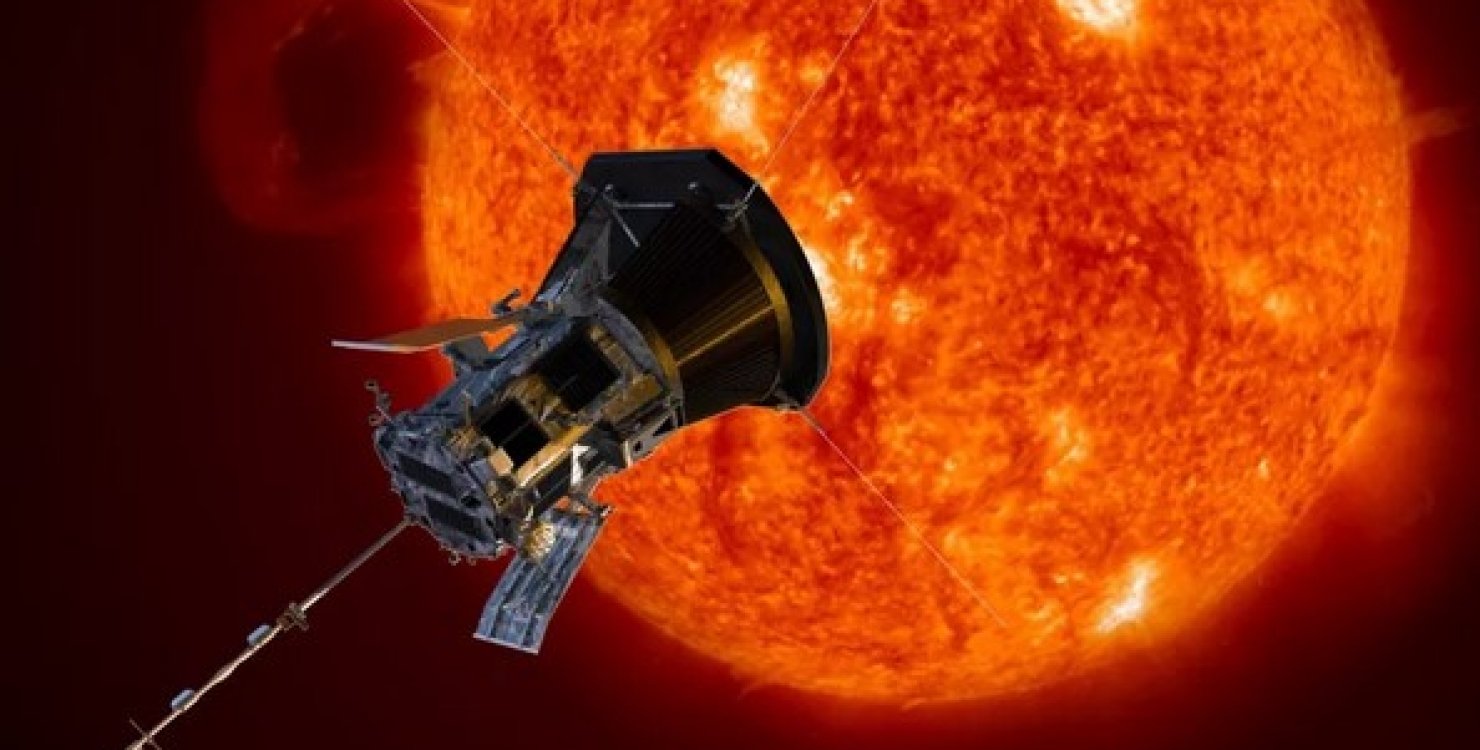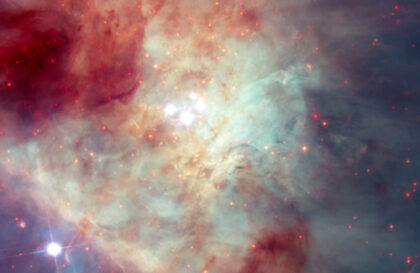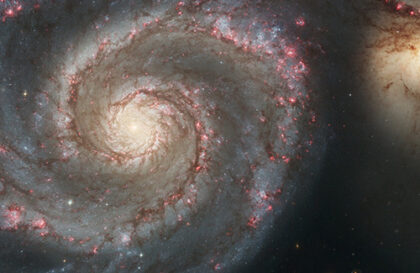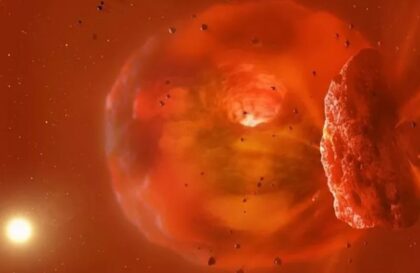During a time when astronomical interest was at a high level, it is interesting that the Leonid storm of 1799 November 12 did little to inspire research into the origins of meteors. Nevertheless, there are some detailed observations. Although the Leonid parent comet was then unknown, modern calculations reveal that it passed closest to the sun a few months after this storm on 1800 March 6.
F. H. A. Humboldt was then in Cumana, South America, and made the following notation in his log about what he and his colleage Aimé Bonpland saw:
“From half after two in the morning, the most extraordinary luminous meteors were seen in the direction of the east. M. Bonpland, who had risen to enjoy the freshness of the air, perceived them first. Thousands of bolides and falling stars succeeded each other during the space of four hours. Their direction was very regular from north to south. They filled a space in the sky extending from due east 30° to north and south. In an amplitude of 60° the meteors were seen to rise above the horizon at E.N.E. and at E., to describe arcs more or less extended, and to fall towards the south, after having followed the direction of the meridian. Some of them attained a height of 40°, and all exceeded 25° or 30°. Mr. Bonpland states that, from the first appearance of the phenomenon, there was not in the firmament a space equal in extent to three diameters of the moon, which was not filled every instant with bolides and falling stars.”
Humboldt noted the bolides “were fewer in number,” but that all the meteors “left luminous traces from five to ten degrees in length,” which lasted “seven or eight seconds.” He added, “Many of the falling stars had a very distinct nucleus, as large as the disk of Jupiter, from which darted sparks of vivid light.”
He continued:
“Almost all the inhabitants of Cumana witnessed this phenomenon, because they had left their houses before four o’clock to attend the early morning mass. The Guaiqueries in the Indian suburb alleged ‘that the bolides began to appear at one o’clock; and that as they returned from fishing in the gulf, they had perceived very small falling stars towards the east.’ The phenomenon ceased by degrees after four o’clock, and the bolides and falling stars became less frequent; but we still distinguished some to northeast by their whitish light, and the rapidity of their movement, a quarter of an hour after sunrise.”
Humboldt’s further research revealed the display was seen at the Capuchin missionary at San Fernando de Apure and at Maroa, which is on the banks of the Rio Negro. People in the latter village remarked that the display looked like “brilliant fireworks.” He also later talked to some Portuguese in Brazil, near the equator, who had also seen the display. Upon returning to Europe, Humboldt also uncovered additional observations in the United States, Labrador, Greenland, and Germany. Zeissing (Ittetsadt, Germany) observed the meteor display between 6 and 7 a.m. According to Humboldt, Zeissing noted that the meteors “shed a very white light.” Shortly thereafter, he noted reddish, luminous rays four to six feet long appearing in the south and southwest, which he described as resembling “the luminous track of a sky-rocket.” Between 7 and 8 a.m., during morning twilight, the southwest was occasionally “brightly illumined by white lightning, running in serpentine lines along the horizon.”
Using the details at hand, Humboldt surmised that the meteors must have been at a great height to have been visible from Germany and South America at the same time, incorrectly assuming that observers in both locations were not only seeing the same meteor shower, but the same meteors as well.
Andrew Ellicott was situated on a ship off the Florida Keys. He wrote for 1799 November 12,
“About two o’clock in the morning, I was called up to see the shooting stars, (as it is vulgarly termed,) the phenomenon was grand and awful, the whole heavens appeared as if illuminated with skyrockets, flying in an infinity of directions, and I was in constant expectation of some of them falling on the vessel. They continued until put out by the light of the sun after day break. This phenomenon extended over a large portion of the West India islands, and was observed as far north as St. Mary’s, where it appeared as brilliant as with us.”
Ellicott presented an account to the American Philosophical Society, which was subsequently read on 1801 January 16. In it he stated he was called up “about three o’clock,” but the remainder of the account was virtually the same.
Gentleman’s Magazine for 1799, included a summary of observations from around Great Britain. They are as follows,
“Nov. 12. This morning, about a quarter before six, a large meteor passed over Hereford, with great velocity, in a direction from N. to S. It occasioned great alarm at Ross, and in the forest of Dean. For several hours previous to its appearance, there were flashes of vivid, but silent lightning, at intervals of half an hour.
“Several such meteors were also seen at Greatham, near Hartlepool, and other parts of that neighborhood. They were first observed between five and six o’clock in the morning, in an Eastern direction, and continued falling in succession, and together, till day-break. The atmosphere was very clear, and the moon, which was at full, shone with uncommon brilliancy. The meteors, at first, appeared like what are vulgarly called shooting or falling stars, which soon became stationary; they then, as it were, burst, but without any perceptible report, and passed to the Northward, leaving behind them beautiful trains of floating fire, in various shapes, some pointed, some irradiated, some in sparks, and others in a large column. The fire-balls continued falling near two hours, and were succeeded, till near 8 o’clock, by slight flashes of lightning. The general appearance was sublimely awful, particularly to the Hartlepool fishermen, then at sea. To some spectators, the sky appeared to open, and to display a number of luminous serpents moving in a perpendicular direction; these were soon after broken into separate balls, and fell towards the earth in a shower of fire.
“The same meteors were also seen at Enfield, and on Barnet and Northam common.”
